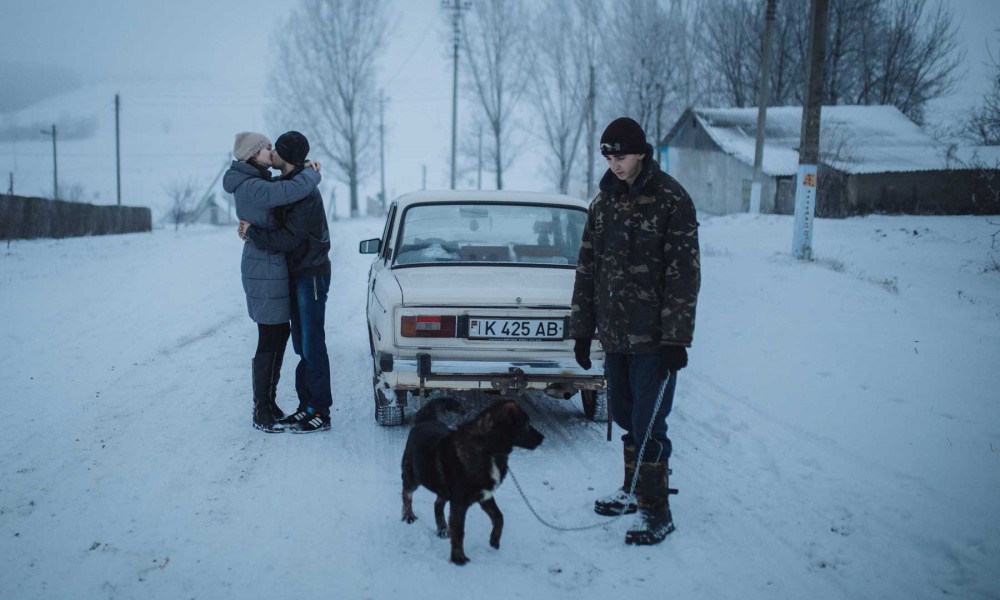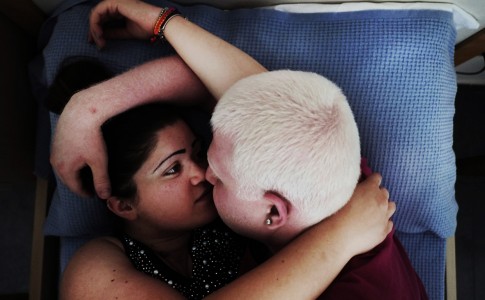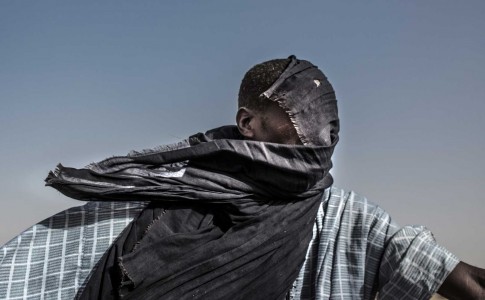In the aftermath of the USSR’s collapse in the early ’90s, the Soviet Republic of Moldova
declared independence, but the region along the Dniester sought freedom of its own.
Transnistria is an approximately 200-km-long sliver of territory along the left bank of the
Dniester river running between Moldova and Ukraine. For over twenty years the republic has an
indefinite status, none of the countries recognizes the transnistrian independence except
Abkhazia, South Ossetia and Nagorno-Karabakh which also are unrecognized republics.
Duringthis time, was raised the whole new generation which identifies itself as “Transnistrians”.
At first glance it seems that these young transnistrians are living an idyllic life surrounded by
rocky cliffs and rolling hills covered in thick forest. Here, in the northern villages of Transnistria,
their lives are closely linked to the land, nature, animals and they’re both accustomed to hard
work and willing to work hard. But over and above the problem of non-recognition for the
Moldovan Republic of Transnistria there is an additional one – the extinction of the villages. At
some stage young people have to face a decision – to stay or to leave their homes? In their
village there is no work, entertainment or opportunity to develop. Grown up in the border area,
where were mixed culture and history of different countries and nations, they dwell in confusion
in front of an uncertain future.
The word “Mahala”, which is project’s name, was taken from the Moldavian language. This
special local word means a part of the neighborhood, detached from the other parts of locality
where people live, mostly friendly-minded with respect to each other, feeling that all together
they form a unity, commonality. Young people living in villages in the north of Transnistria also
live its own solitary life, they are separated from the rest of the world and form a unity which can
be called “Mahala”: they know each other for all their lives, help each other in work, celebrate
holidays together.
This story is an attempt to show different aspects of the lives of ordinary rural youth and how
their surroundings are reflected on each of them.
Anna Galatonova – Anton Polyakov | MAHALA




